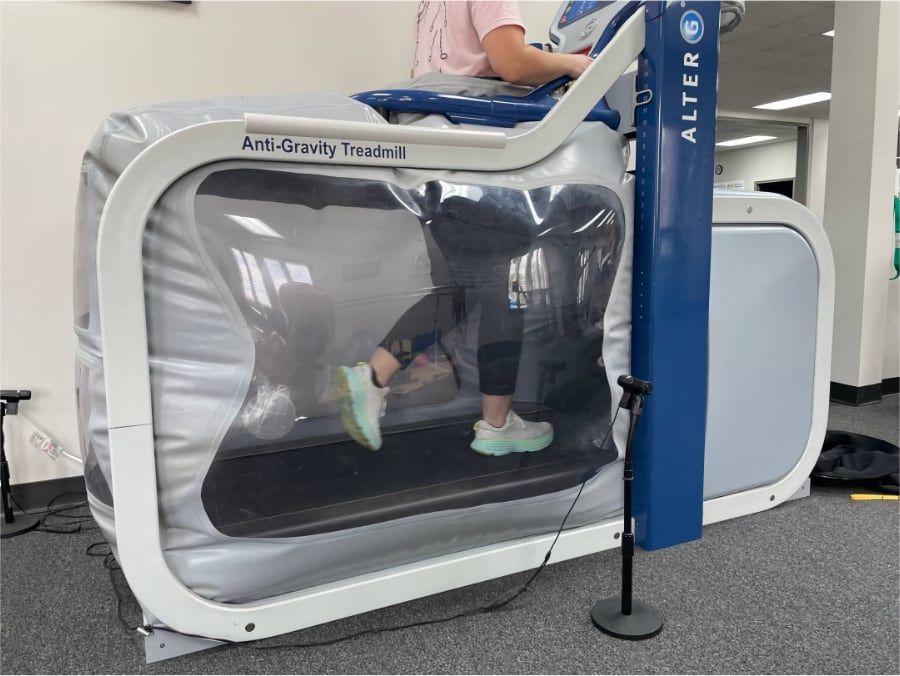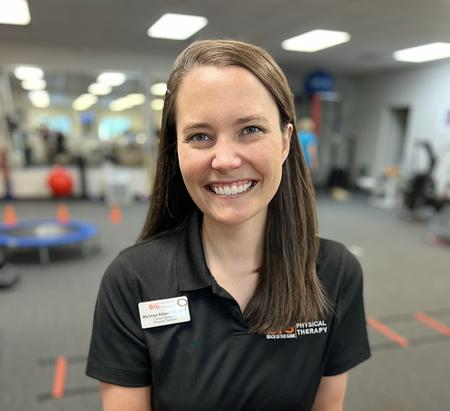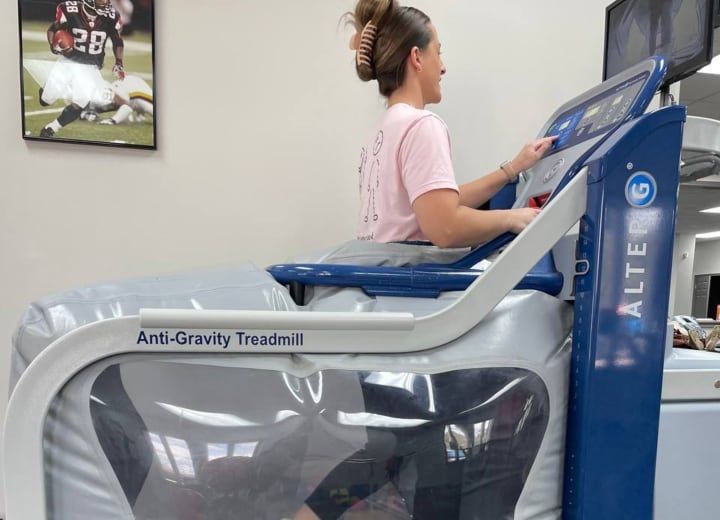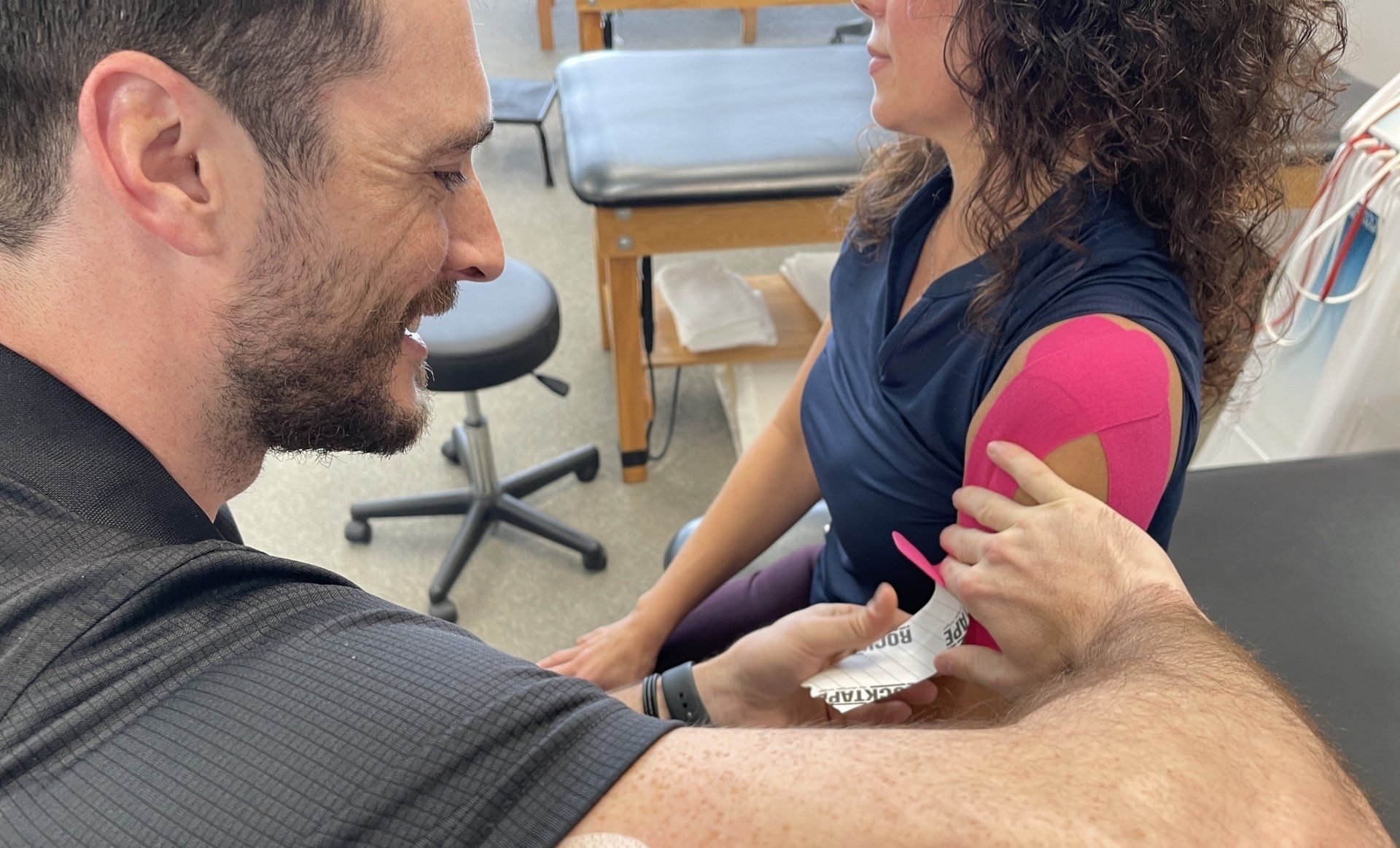The Importance of PT After Rotator Cuff Surgery
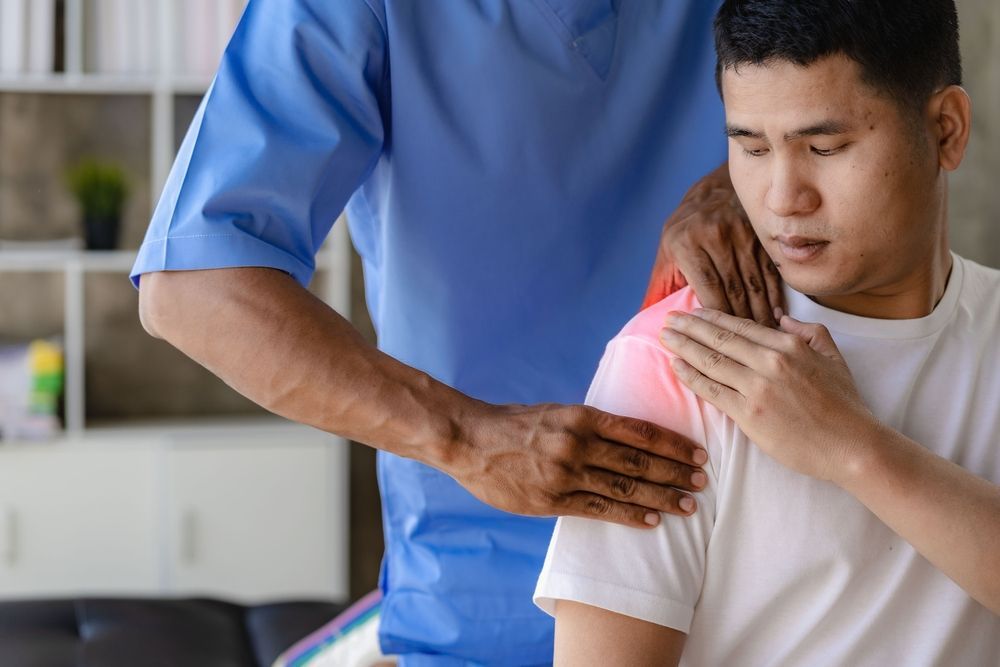
Rotator cuff surgery is a significant surgery that addresses damage to the rotator cuff, a grouping of four muscles, the teres minor, infraspinatus, supraspinatus, and subscapularis. These four muscles surround your humerus (the top of the arm bone) and help you rotate your shoulder. Tearing one of these muscles could lead to an impaired ability to move your shoulder, which is why surgery is necessary in some cases.
After surgery, getting physical therapy is the next step. It's a necessary step, because the swelling, inflammation, pain, and stiffness from surgery could impact how well the wounds heal and the strength and mobility you regain after surgery.
Importance of Physical Therapy After Rotator Cuff Surgery
Physical therapy plays an important role in your recovery after rotator cuff surgery. It helps you get back flexibility and movement in the rotator cuff. It also helps build strength and improves circulation. Your PT sessions will be split into several phases that get more challenging over time.
What Will You Be Doing Post Rotator Cuff Surgery?
There are three primary phases of physical therapy you'll go through after a rotator cuff surgery. These include:
- Passive range of motion
- Active range of motion
- Strengthening
Here's what will happen during each phase:
Passive Range of Motion
Your passive range of motion is the first thing your therapist will work on with you. The goal of the exercises in this treatment phase is to improve your range of motion while also minimizing strain on the surgical repair. You will also have reduced stiffness with this therapy.
Since you won't be allowed to move your arm or shoulder yourself, your physical therapist will gently stretch the area passively. You may also be advised to use ice, passive treatments like acupuncture or dry needling, and soft tissue massage to encourage reduced swelling and soreness.
After that, your therapist will talk to you about how to do your normal daily tasks, like eating breakfast or getting ready for work, without negatively impacting your rotator cuff.
Expect to go through passive therapy for anywhere from two to eight weeks based on your surgeon's orders.
Active Range of Motion
The next stage of physical therapy works with your active range of motion. At this stage, you'll start moving and stretching your shoulder. You may have to use other tools, like a cane or even your other arm, during the exercises.
You may have some pain or stiffness throughout the activities during this phase, but they should improve over time. You'll work on your active range of motion and continue passive stretching, icing, and pain management during this three to four-week period.
Strengthening
The final stage of your physical therapy involves strengthening your rotator cuff to prevent injuries in the future. During the initial strengthening phase, you'll work on strengthening the rotator cuff muscles with light resistance. You may also start to train affected muscle groups, like the shoulder blades.
This phase of strengthening can last up to three months and is followed by late-stage strengthening, which focuses on building up the shoulder muscles. The number of exercises, as well as the intensity of those exercises, will increase. You may try exercises involving weights, pushing, or pulling.
The length of time of the final phase varies, but it can take a few months on average.
Your Recovery Is Just Getting Started
Physical therapy after rotator cuff surgery is the primary way to get your shoulder and muscles back into shape. Within several months, you should see major improvements and feel more comfortable with the strength and conditioning of your rotator cuff. Reach out to Back in the Game Physical Therapy to discuss your rehabilitation needs post surgery, today.
About the Author
Melissa Albert
PT, DPT, Clinic Director
Specialties: Vestibular Rehabilitation
Certifications: Dry Needling and Spinal Manipulation
Location(s): Flowery Branch, GA
Contact
Request an appointment
